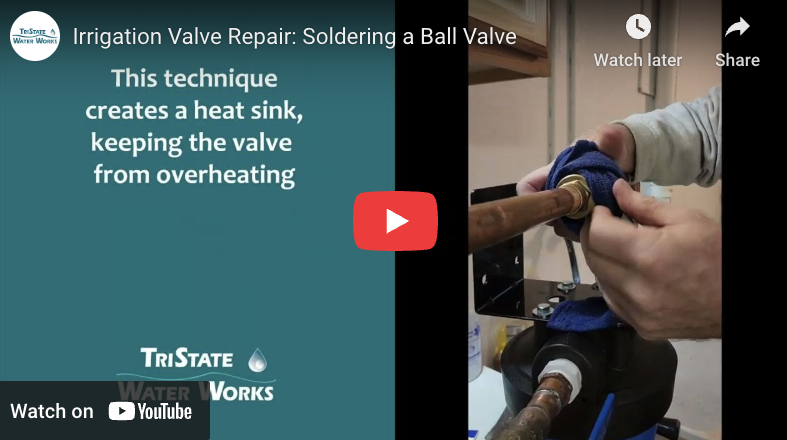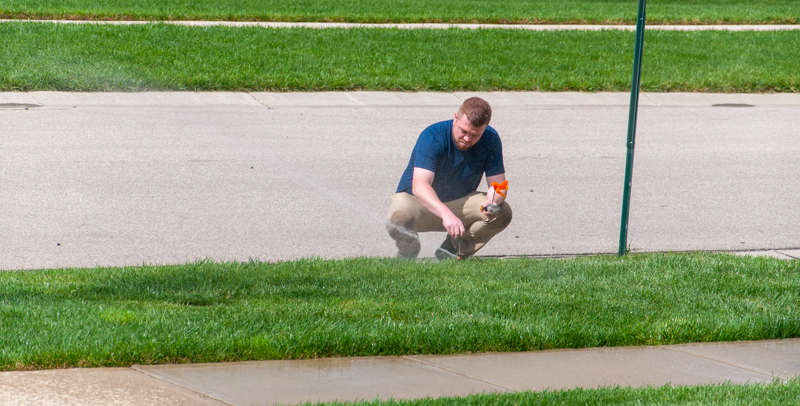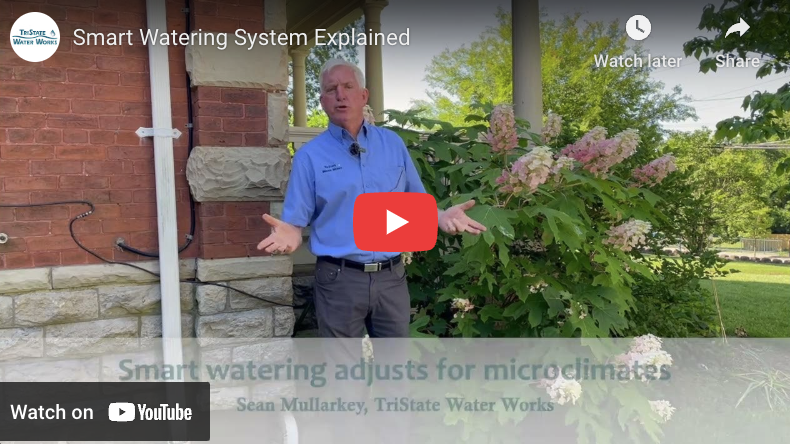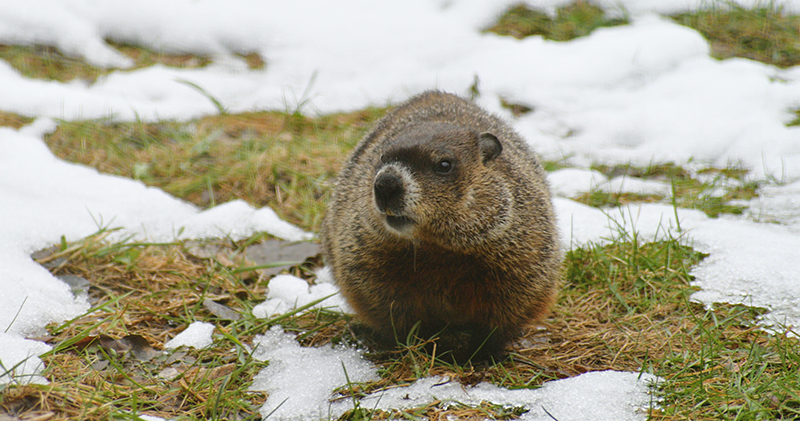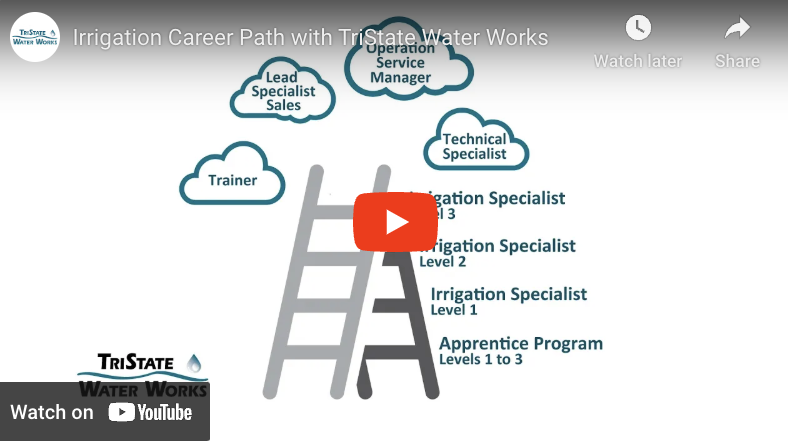Water Conservation
Water Conservation from TriState Water Works
TriState Water Works can conserve water from an irrigation system by reducing waste, better utilizing rainwater and developing a landscape that requires less water to maintain. We have many ways to increase the efficiency of your irrigation system. Newer technology offered today over equipment only installed a few years ago can render large water savings in the range of 30% or more.
Poorly designed and installed irrigation systems waste water in many ways. Some of these problems are easily fixed and others may take a major investment to fix. TriState Water Works can evaluate the problems and offer a cost effective solution to help you save water and in doing so, save money. Some of the upgrades we offer have less than a one year return on investment and will continue to pay dividends for years to come. Contact us for a free, no obligation 10 Point Evaluation of your current sprinkler system.
Rainwater Harvesting
Many people can benefit from rainwater harvesting! We could tell you that rainwater harvesting is the latest fad, but that is simply incorrect, the ancient Egyptians were utilizing rainwater harvesting over three thousand years ago. It’s a simple concept, collect the rainwater that falls on your roof and store it in a suitable container then use it to water plants, clean your car, fill your water garden and have it for a backup water supply. It can be as simple as a 55 gallon drum to as complex as a 500,000 gallon cistern. Ponds and water gardens can also be used for rainwater harvesting.
Drought Tolerant Landscapes
Another way we can conserve water is by making our landscapes more drought tolerant. This can be a complex science if you consider all of the aspects of making the landscape less water dependent. Let’s look at lawns quickly; most irrigation systems primary purpose is to keep the lawn green. Researchers say that 50% of domestic water use is for outside use. We can reduce the amount of water our turf needs by applying cultural practices that make turf less water hungry. Here is a list of topics that are covered in our blog, mowing height, core aeration, fertilization and species selection. We can apply some of the same principles to our landscape planting as well.


